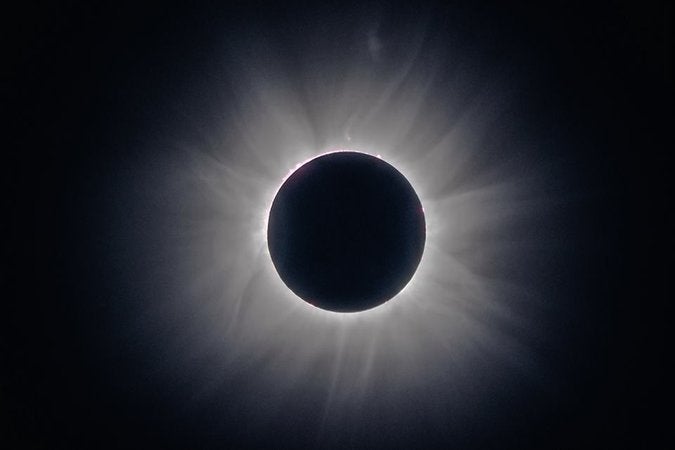Solar eclipse 2017: How you can see the sun's spectacular disappearance from the UK
Day will become night for approximately 40 minutes just before sunset this evening

Your support helps us to tell the story
From reproductive rights to climate change to Big Tech, The Independent is on the ground when the story is developing. Whether it's investigating the financials of Elon Musk's pro-Trump PAC or producing our latest documentary, 'The A Word', which shines a light on the American women fighting for reproductive rights, we know how important it is to parse out the facts from the messaging.
At such a critical moment in US history, we need reporters on the ground. Your donation allows us to keep sending journalists to speak to both sides of the story.
The Independent is trusted by Americans across the entire political spectrum. And unlike many other quality news outlets, we choose not to lock Americans out of our reporting and analysis with paywalls. We believe quality journalism should be available to everyone, paid for by those who can afford it.
Your support makes all the difference.A partial solar eclipse will be visible across the UK just before sunset as the moon appears to take a “bite” out of the sun.
The phenomenon will last roughly 40 minutes, with the mid-point occurring at different times around the country.
For observers in Edinburgh, the peak of the eclipse will be at 7.58pm and for those in Cardiff at 8.05pm.
The movement of the moon between the Earth and sun will produce a much more dramatic event in the US, where a total eclipse will turn day to night for two minutes.
Millions of Americans are gathering along a stretch from Oregon to South Carolina to watch the spectacle - the first total solar eclipse to sweep coast-to-coast across the US in 99 years.
Southern-most Illinois will see the most darkness at two minutes and 44 seconds.
It is expected to be the most observed and most photographed eclipse in history.
Up to five solar eclipses occur each year, but each one is visible only within a limited band across the Earth's surface where the moon's shadow happens to fall.
The Royal Astronomical Society warned anyone hoping to catch the phenomenon not to look directly at the sun.
PA
Join our commenting forum
Join thought-provoking conversations, follow other Independent readers and see their replies
Comments